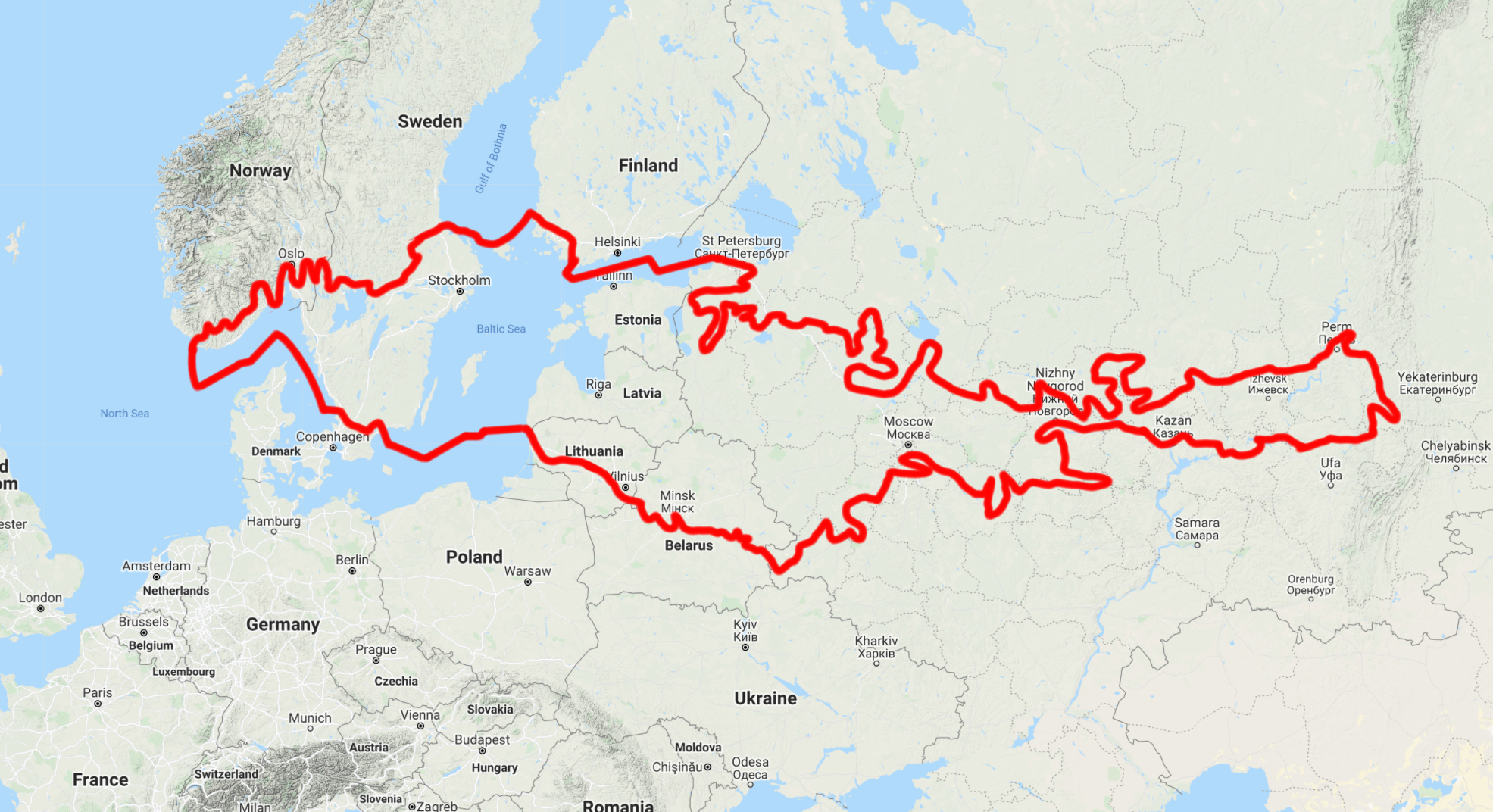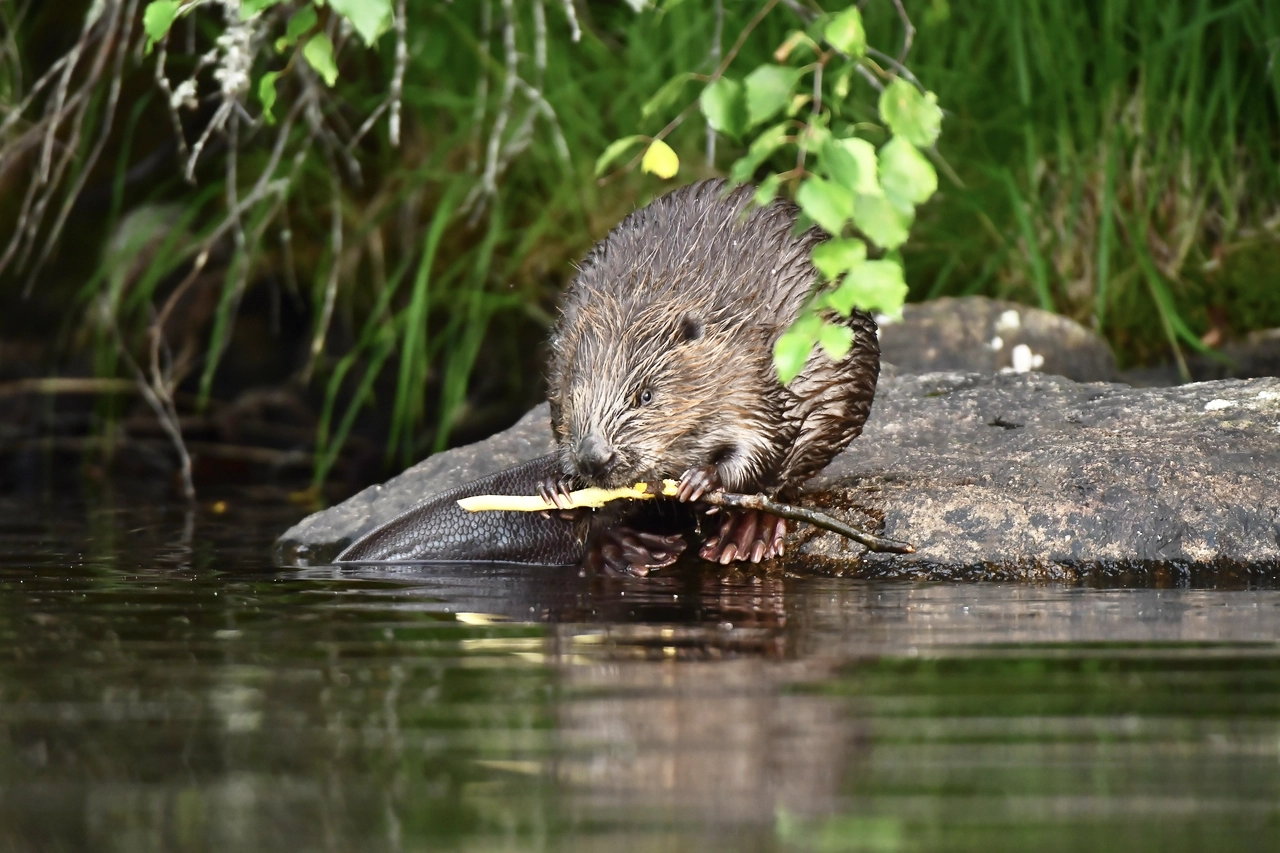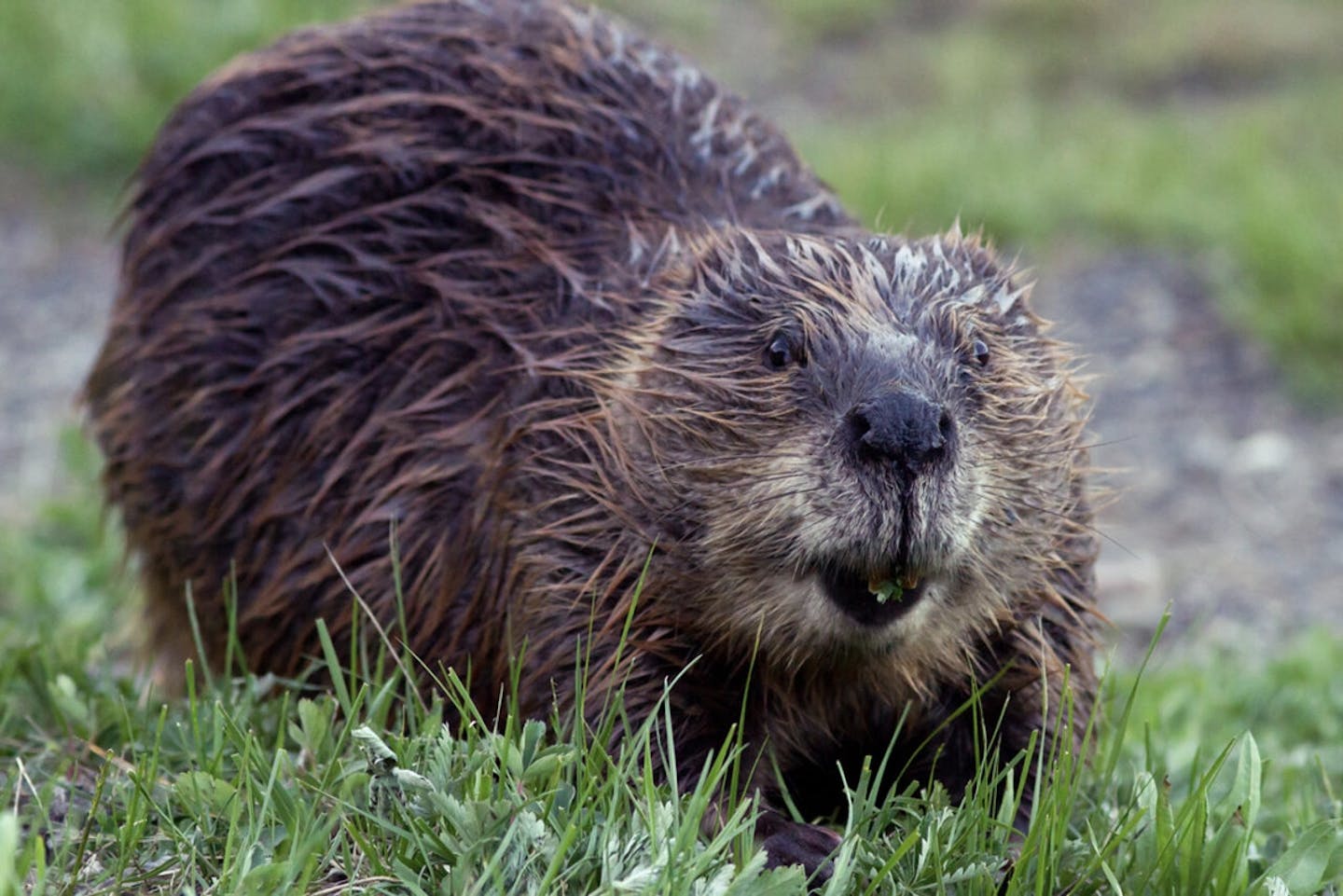Eurasian beavers: a keystone species that keep waterways clean
- Nature Conservation
- Land Conservation
- Iconic Species
- Wildlife
- Mammals
- Biodiversity
- Rivers & Streams
- Wetlands
- Greater European Forests
- Western Eurasia Realm
One Earth’s “Species of the Week” series highlights an iconic species that represents the unique biogeography of each of the 185 bioregions of the Earth.
In between the cold tundra and thick broadleaf forests of Western Eurasia is an enchanting woodland with over 10,000 lakes and 20,000 rivers and streams. It is here, and throughout the two continents, that the keystone species of the Eurasian beaver keeps these waters pristine and its ecosystem teeming with life.

The Eurasian beaver is the Iconic Species of the Baltic Sea & Sarmatic Mixed Forests Bioregion (PA11).
The Eurasian beaver is the second-largest living rodent species in the world after the capybara. From head to tail, they measure on average 1-1.5 meters (3-5 ft) and weigh between 11–30 kilograms (24–66 lb).
Their coat consists of two layers, the soft undercoat and the outer coat made of tough, coarse hairs. Fur color varies by region, with northern populations of Eurasian beavers, like those in Russia, sporting darker tones.
To keep their fur water repellent, Eurasian beavers have to groom themselves constantly. They comb oil produced from their hair glands through their coat by a specialized split nail in their rear toe. This oil keeps their skin dry and allows the beavers to spend long periods of time in cold water.

On land, Eurasian beavers have poor sight, but underwater, translucent eyelids help them see and stay below the surface for up to 15 minutes. Webbed feet make them excellent swimmers, and a strong sense of hearing, smell, and touch aid them back on the riverbank.
Herbivores, beavers eat plants, bark, leaves, roots, buds, twigs, and shoots. Lengthy appendices with microorganisms in their gut biome make the digestion of such vegetation possible. Eurasian beavers eat up to 20% of their body weight daily.
Social animals, Eurasian beavers live in colonies with up to 12 individuals. Only one dominant pair can breed every season, but the group lives together in lodges created over waterways.
Beavers are notorious for the dams they build from chopped-down trees. They strategically place branches together to construct domed dens using mud and rocks for glue.
%20dreamstime_xxl_36802617.webp)
These homes protect from the outside world and create a dry and cozy home for cuddling, mating, and raising their young. Beaver dams also drastically impact the ecosystem, making Eurasian beavers a keystone species.
Beaver dams alter and slow down waterways, creating extensive wetlands upstream that house vast amounts of biodiversity. Surrounding vegetation also flourishes, increasing the number of herbaceous plants in the area by over 33%.
Water quality in the region improves as beaver dams act as a natural filtration system, blocking pollutants and adding sediments and nutrients from the surrounding soil. Dams also create deep aquifers, which aid the ecosystem in dry seasons. In times of drought, 160% more water is available than when beavers are absent.
The benefits of beavers in any ecosystem are immense, which is why it is vital to protect this species and their habitat. Due to overhunting, deforestation, and pollution, at the turn of the 20th century, there were only about 1,200 Eurasian beavers left in the wild. The regional lands and biodiversity were severely affected, putting conservation efforts into motion.
Reintroduction into Spain, Central Europe, Great Britain, Scandinavia, China, and Mongolia helped take the Eurasian beaver from “critically endangered” to “least concern” in conservation status. This outcome shows how effective rewilding can be in helping critically endangered species bounce back.
Interested in learning more about the bioregions of Western Eurasia? Use One Earth's interactive Navigator to explore bioregions around the world.
Launch Bioregion Navigator


